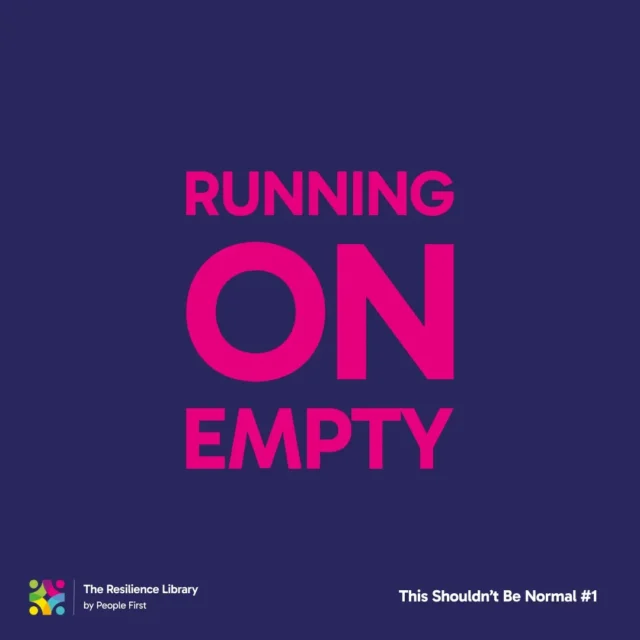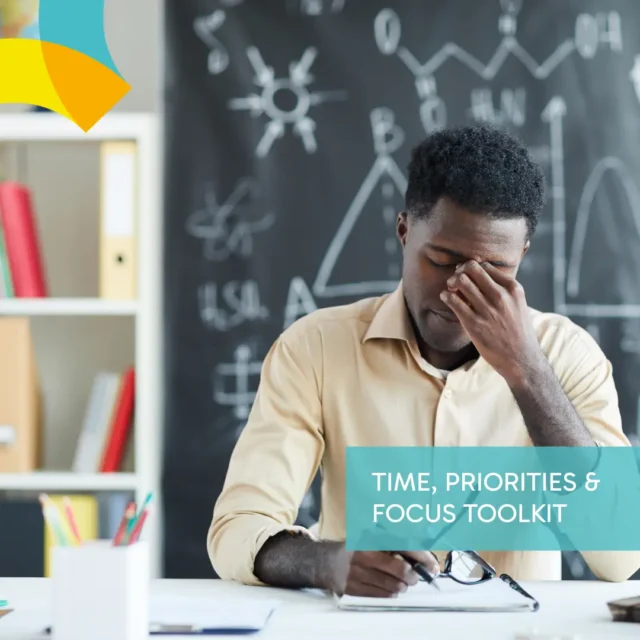
23 December 2024
Embracing Imperfections
As someone who has always found reading and creative writing challenging due to dyslexia, picking up Brené Brown’s “The Gifts of Imperfection“ was not an easy decision. Yet, my background in education and over a decade of experience as a senior leader drove me to explore how embracing imperfections might transform my leadership approach. The distinction between happiness and joy, and the depth of meaning behind words, struck a chord with me, revealing areas where I could grow.
The Struggle with Perfectionism
In my previous career in education, I grappled with perfectionism. The constant drive to meet unrealistic standards not only made my challenges more daunting but also impacted my wellbeing and that of my colleagues. This book presented a new perspective, one that emphasises vulnerability and self-compassion. It made me wonder: if I had led with ’embracing imperfections’ in mind, how might my leadership and the culture of my workplace have changed?
Inspired Habits for Leaders and Managers
Based on Brené Brown’s guideposts for wholehearted living, I’ve envisioned habits that leaders and managers could cultivate to foster a more supportive and mentally healthy environment. Some of these ideas I’ve reflected on and realised I was already doing unintentionally, while others are new thoughts, ideas, and habits that remain untested. These untested habits make me feel vulnerable and unsure, but perhaps this is what I need to truly embrace, to let go of what people think, to let go of perfectionism, to stop comparing my leadership skills and behaviours to others, and to relinquish the need to always be in control!
Guidepost 1:
Cultivating Authenticity: Letting Go of What People Think
Habit – Role Modelling Authenticity
As a leader, model authenticity by openly sharing your own vulnerabilities. For example, when sending out drafts or new ideas, acknowledge that they are not perfect and invite feedback. This encourages others to do the same.
Why – By role modelling authenticity, I created a culture where it was safe to be imperfect, leading to more genuine and open communication among colleagues.
Guidepost 2:
Cultivating Self-Compassion: Letting Go of Perfectionism
Habit – Self-Compassion Check-Ins
Incorporate self-compassion check-ins at the start of meetings. Ask team members to share how they’re being kind to themselves or reflect on a recent mistake and what they learned from it.
Why – While this is not part of my natural self and feels a bit like tree-hugging, adopting self-compassion check-ins can significantly reduce stress and promote a more forgiving work environment, enhancing overall mental health.
Guidepost 3:
Cultivating a Resilient Spirit: Letting Go of Numbing and Powerlessness
Habit – Resilience Building Sessions
Implement monthly resilience-building sessions or workshops focused on developing coping strategies, stress management techniques, and mindfulness practices.
Why – Although I never intentionally implemented resilience-building for my colleagues, in my work with People First, it’s a key theme that emerges time and again. If you want to be a great workplace manager and leader, intentional actions to support your colleagues are vital. I wish I had done this.
Guidepost 4:
Cultivating Gratitude and Joy: Letting Go of Scarcity and Fear of the Dark
Habit – Expressing Gratitude at Meetings
At the end of meetings, go around the table and have each person thank at least one colleague who has made a difference to them, explaining why.
Why – While I didn’t do this at the end of every meeting, during group coaching, this practice had remarkable results. Initially awkward, it quickly becomes uplifting and empowering, significantly boosting team morale.
Guidepost 5:
Cultivating Intuition and Trusting Faith: Letting Go of the Need for Certainty
Habit – Intuition Reflection
After major projects or decisions, hold a reflection session to discuss how intuition played a role. Encourage team members to share their experiences and insights gained from trusting their instincts.
Why – I’ve never reflected much on intuition as I tend to make decisions with my brain over my gut. However, I recognize that others may rely more on their gut feelings. This practice would have offered valuable insights and learning opportunities, helping me grow as a leader.
Guidepost 6:
Cultivating Creativity: Letting Go of Comparison
Habit – Creative Time Blocks
Designate regular time blocks (e.g., weekly or bi-weekly) where employees can work on creative projects or brainstorm new ideas without the pressure of immediate output.
Why – I’ve read other research, including Daniel Pink’s “Drive,” that highlights the importance of carving out creative time. This habit, though it makes me feel vulnerable, could unleash tremendous innovation and satisfaction within the team.
Guidepost 7:
Cultivating Play and Rest: Letting Go of Exhaustion as a Status Symbol and Productivity as Self-Worth
Habit – Modelling Work-Life Balance
Model a healthy work-life balance as a leader. Demonstrate that while hard work and dedication are important, there are other significant aspects of life that deserve attention.
Why – Towards the end of my educational career, I realized the importance of this balance. By modelling it, I showed that it’s possible to care deeply about work while also prioritising personal well-being, setting a positive example for the team.
Guidepost 8:
Cultivating Calm and Stillness: Letting Go of Anxiety as a Lifestyle
Habit – Daily Calm Moments
Introduce short, daily moments of calm, such as a 5-minute guided meditation or breathing exercise at the start or end of the day to promote relaxation and reduce stress.
Why – Looking back, this is something I needed more of. Integrating moments of calm would have helped me manage stress better and fostered a more serene work environment.
Guidepost 9:
Cultivating Meaningful Work: Letting Go of Self-Doubt and “Supposed To”
Habit – Purpose Alignment Check-Ins
Conduct regular check-ins (e.g., monthly or quarterly) to discuss and align employees’ tasks and projects with their personal values and career goals, ensuring their work feels meaningful.
Why – While I completed regular check-ins, doing so with a clear intention towards ensuring meaningful work could have greatly impacted my colleagues’ sense of purpose and satisfaction.
Guidepost 10:
Cultivating Laughter, Song, and Dance: Letting Go of Being Cool and “Always in Control”
Habit – Cultivating Joy
Signpost moments of joy and encourage the team to appreciate the present rather than immediately moving on to the next task.
Why – Although I’m not comfortable with formal laughter breaks, building joy in the workplace was crucial to me. This practice helps in savouring the present and promotes a positive work culture.
Reflecting on Potential Impact
While some of these habits are new ideas that I haven’t yet tested, others are practices I realised I was already implementing, albeit unintentionally. Reflecting on these habits, I can’t help but wonder how consciously embracing them might have transformed my leadership and workplace culture. Would they have made me a better leader? Could they have led to better results and a more engaged, resilient team? Perhaps they might have even kept me in education a bit longer.
Embracing imperfections and fostering an environment where vulnerability is seen as a strength could create a more compassionate, innovative, and effective leadership style. By adopting these habits, both familiar and new, leaders and managers can support the mental health and wellbeing of their teams, ultimately leading to a more fulfilling and productive work environment.
What actions can you commit to today to support embracing imperfections? What could you do to support your colleague in embracing imperfections?
How can People First help?
Our leader and manager support services are designed to support personal wellbeing and the wellbeing of those you lead. Get in touch to find out more about the range of personalised programmes and workshops we deliver. Together, we can build a thriving workplace where both leaders and employees achieve their full potential.





